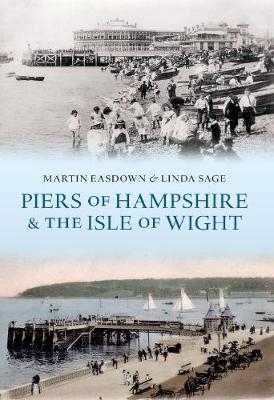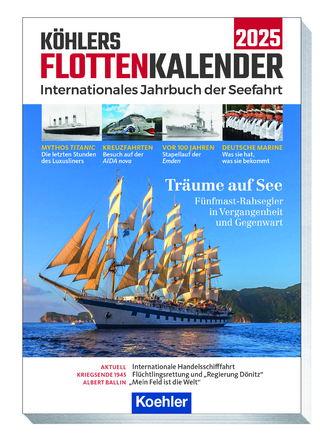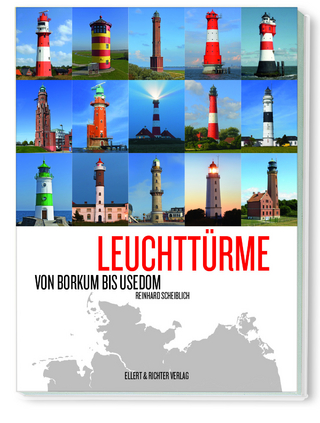
Piers of Hampshire & the Isle of Wight
Seiten
2011
Amberley Publishing (Verlag)
978-1-4456-0355-1 (ISBN)
Amberley Publishing (Verlag)
978-1-4456-0355-1 (ISBN)
This fascinating selection of photographs traces some of the many ways in which the piers of Hampshire and the Isle of Wight have changed and developed over the last century.
Despite their popular association with fun and frivolity, the function of piers as both an amusement centre and landing stage was varied, and nowhere was this better illustrated than on the coasts of Hampshire, the Isle of Wight and east Dorset. The area's association with piers dates right back to 1814 with the opening of Ryde Pier, often regarded as the earliest in the United Kingdom. Southampton opened a landing pier for steamers in 1833 and Portsmouth and Gosport followed suit in the 1840s. By the 1860s, seaside piers were becoming fashionable promenades over the sea and a 'must have' for any selfrespecting watering place. Some of the earliest landing piers, such as Ryde and Southampton Royal, took on a dual-purpose function as a landing/pleasure pier and pavilions and other attractions were provided on them. The Isle of Wight, increasingly popular as a holiday destination, saw numerous piers sprout from its coast, whilst in Hampshire pleasure piers were erected at Southsea, Lee-on-the-Solent and three in the Bournemouth area at Southbourne, Boscombe and Bournemouth. Piers were also erected for railway, military, industrial and pleasure boat purposes, and the fascinating, diverse and interesting histories of all the region's piers can be found in this comprehensive and well-illustrated volume.
Despite their popular association with fun and frivolity, the function of piers as both an amusement centre and landing stage was varied, and nowhere was this better illustrated than on the coasts of Hampshire, the Isle of Wight and east Dorset. The area's association with piers dates right back to 1814 with the opening of Ryde Pier, often regarded as the earliest in the United Kingdom. Southampton opened a landing pier for steamers in 1833 and Portsmouth and Gosport followed suit in the 1840s. By the 1860s, seaside piers were becoming fashionable promenades over the sea and a 'must have' for any selfrespecting watering place. Some of the earliest landing piers, such as Ryde and Southampton Royal, took on a dual-purpose function as a landing/pleasure pier and pavilions and other attractions were provided on them. The Isle of Wight, increasingly popular as a holiday destination, saw numerous piers sprout from its coast, whilst in Hampshire pleasure piers were erected at Southsea, Lee-on-the-Solent and three in the Bournemouth area at Southbourne, Boscombe and Bournemouth. Piers were also erected for railway, military, industrial and pleasure boat purposes, and the fascinating, diverse and interesting histories of all the region's piers can be found in this comprehensive and well-illustrated volume.
Martin Easdown is a long-time member of the National Piers Society and one of the acknowledged experts on British piers. He has written extensively on the history of piers and Britain's seaside in books, magazines and newspapers. He lives in Kent. Linda Sage is an author of note on local history subjects.
| Erscheint lt. Verlag | 15.9.2011 |
|---|---|
| Zusatzinfo | 16 Plates, color |
| Verlagsort | Chalford |
| Sprache | englisch |
| Maße | 172 x 248 mm |
| Gewicht | 697 g |
| Themenwelt | Sachbuch/Ratgeber ► Geschichte / Politik ► Regional- / Landesgeschichte |
| Natur / Technik ► Fahrzeuge / Flugzeuge / Schiffe ► Schiffe | |
| ISBN-10 | 1-4456-0355-1 / 1445603551 |
| ISBN-13 | 978-1-4456-0355-1 / 9781445603551 |
| Zustand | Neuware |
| Haben Sie eine Frage zum Produkt? |
Mehr entdecken
aus dem Bereich
aus dem Bereich
internationales Jahrbuch der Seefahrt
Buch | Softcover (2024)
Koehler in Maximilian Verlag GmbH & Co. KG
23,95 €


